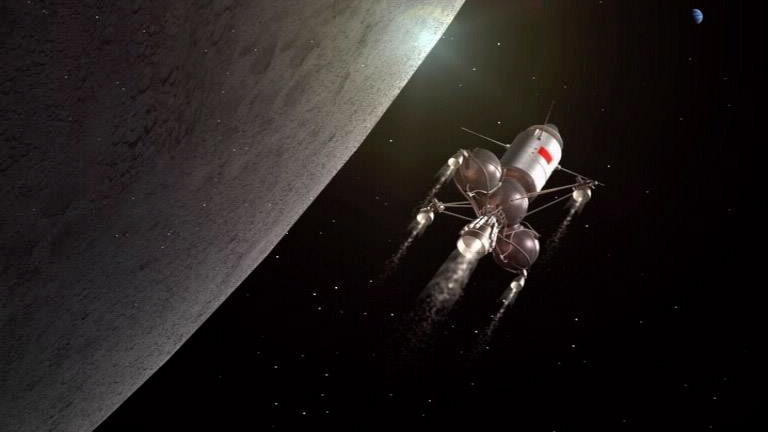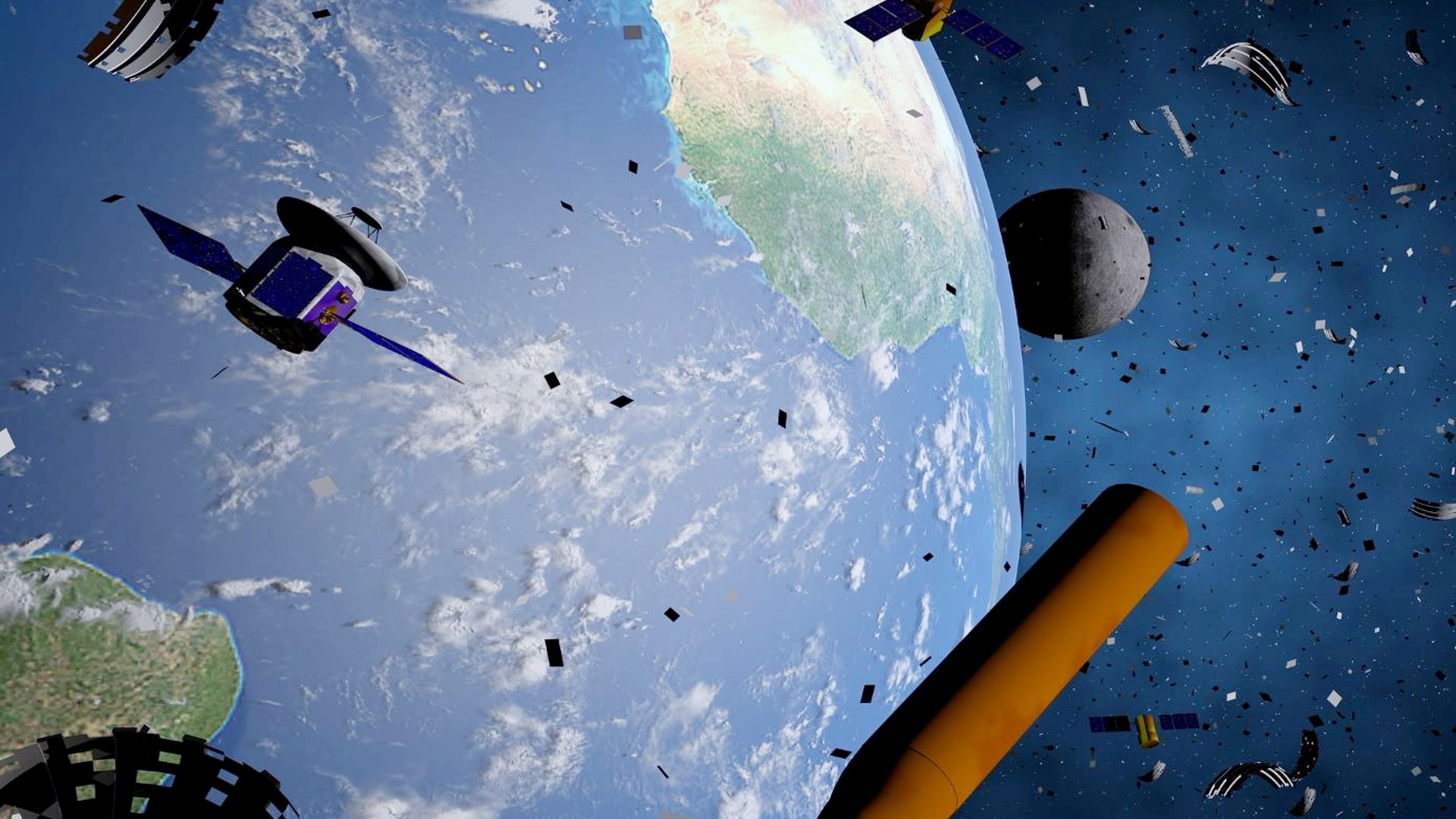Chinese moon mission's sample haul includes exotic volcanic rocks
The rocks could provide vital information about the geological diversity of the moon's surface and the processes that create its dust and dirt.

Samples returned from the moon by a Chinese mission have been found to contain exotic igneous rock types associated with material ejected by tremendous impacts.
The exotic "clasts" were found in samples of lunar regolith (dust and dirt) gathered by the Chang'e 5 mission around Mons Rümker, in the northern part of the moon's Oceanus Procellarum ("Ocean of Storms") region.
Zeng Xiaojia, Li Xiongyao and Liu Jianzhong from the Institute of Geochemistry of the Chinese Academy of Sciences (IGCAS) found the clasts among 3,000 samples and 3.82 pounds (1.73 kilograms) of lunar regolith returned to Earth by the mission in December 2020.
Related: The latest news about China's space program
The discovery could provide vital information about the diversity of rock across the lunar surface and the processes that create its regolith, the researchers said. The findings also point to a hitherto unknown diversity in magma throughout the lunar crust.
The seven exotic clasts identified by the team include a high-titanium "vitrophyric fragment," which is composed of large crystals known as phenocrysts embedded in a glassy mass that is known to form here on Earth via volcanic activity. Also present in the lunar regolith samples is an olivine-pyroxenite, a highly shocked igneous rock called magnesian anorthosite and a pyroclastic glass bead.
These materials are also associated with violent eruptions and cosmic impacts. They were likely delivered to the Chang'e 5 area of investigation from other lunar regions as far away as 31 miles to 249 miles (50 to 400 kilometers).
Breaking space news, the latest updates on rocket launches, skywatching events and more!
The team also compared the Chang'e 5 regolith samples with lunar material brought back to Earth by NASA's Apollo missions between 1969 and 1972. The researchers found three exotic igneous clasts in the Chang'e 5 regolith that display unusual formational and compositional features.
In particular, the high-titanium vitrophyric fragment has a unique mineralogy for lunar basalts, meaning it likely represents a previously unknown form of this igneous rock type. The magnesian anorthosite clast is a type of rock not found in the Apollo samples. Its presence in the Chang'e 5 collection may suggest that magnesian anorthosite is an important component of the lunar crust on the Earth-facing side of the moon.
The pyroclastic glass bead is perhaps the most interesting of the newly analyzed samples. The bead implies a volcanic eruption on the moon that was compositionally different from the usual lunar volcanic eruptions that were common on the moon between 4.2 and 3 billion years ago, study team members said.
The new study represents the first time that exotic igneous rock types have been found in samples from this relatively young (two-billion-year-old) basalt region of the moon. The findings could help better model the formation of regolith in the Mons Rümker region.
The discovery of exotic igneous clasts in the samples suggests there are still unknown geological regions on the moon, something that may influence the planning of future lunar missions.
The study was published last month in the journal Nature Astronomy.
Follow us on Twitter @Spacedotcom and on Facebook.

Robert Lea is a science journalist in the U.K. whose articles have been published in Physics World, New Scientist, Astronomy Magazine, All About Space, Newsweek and ZME Science. He also writes about science communication for Elsevier and the European Journal of Physics. Rob holds a bachelor of science degree in physics and astronomy from the U.K.’s Open University. Follow him on Twitter @sciencef1rst.
